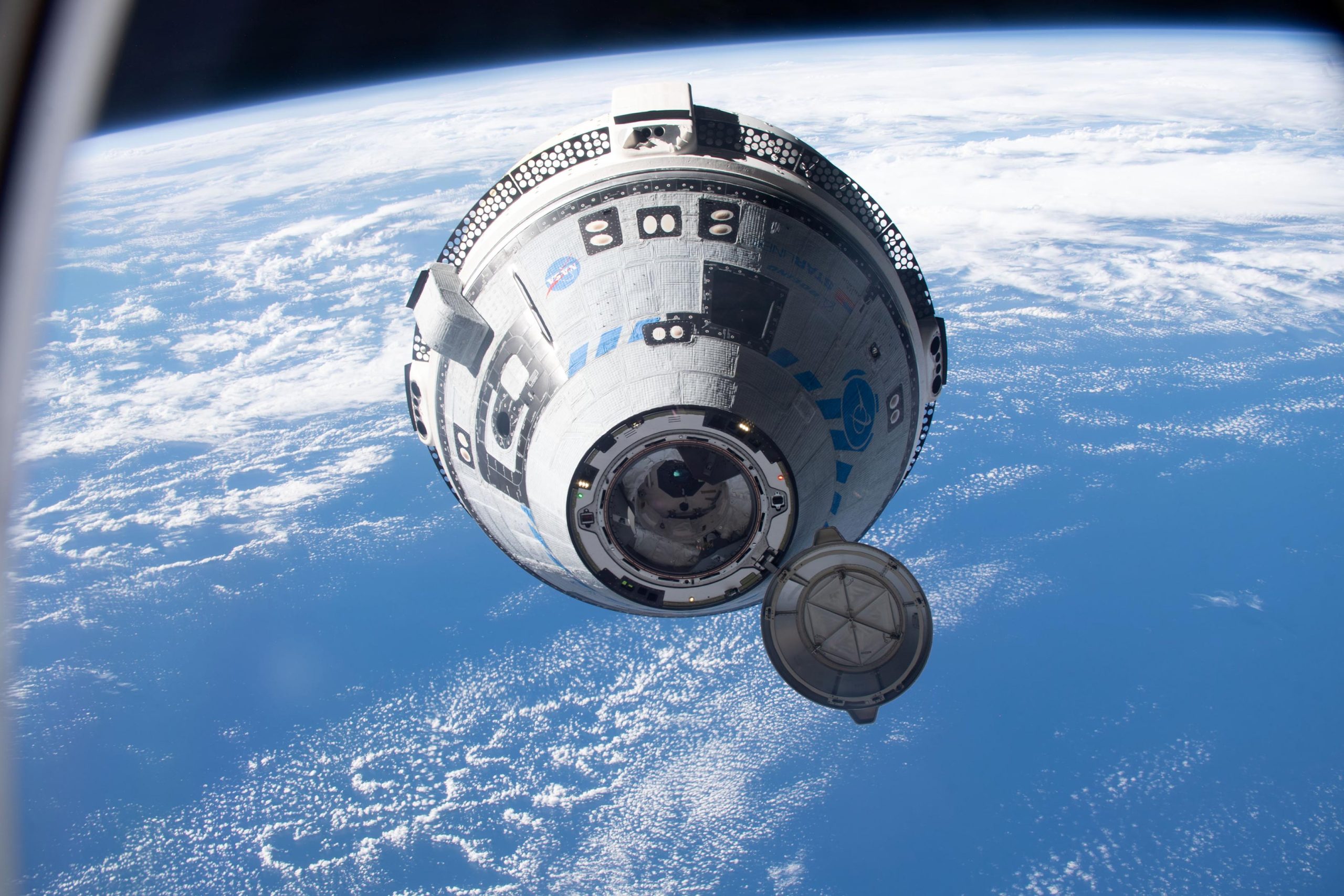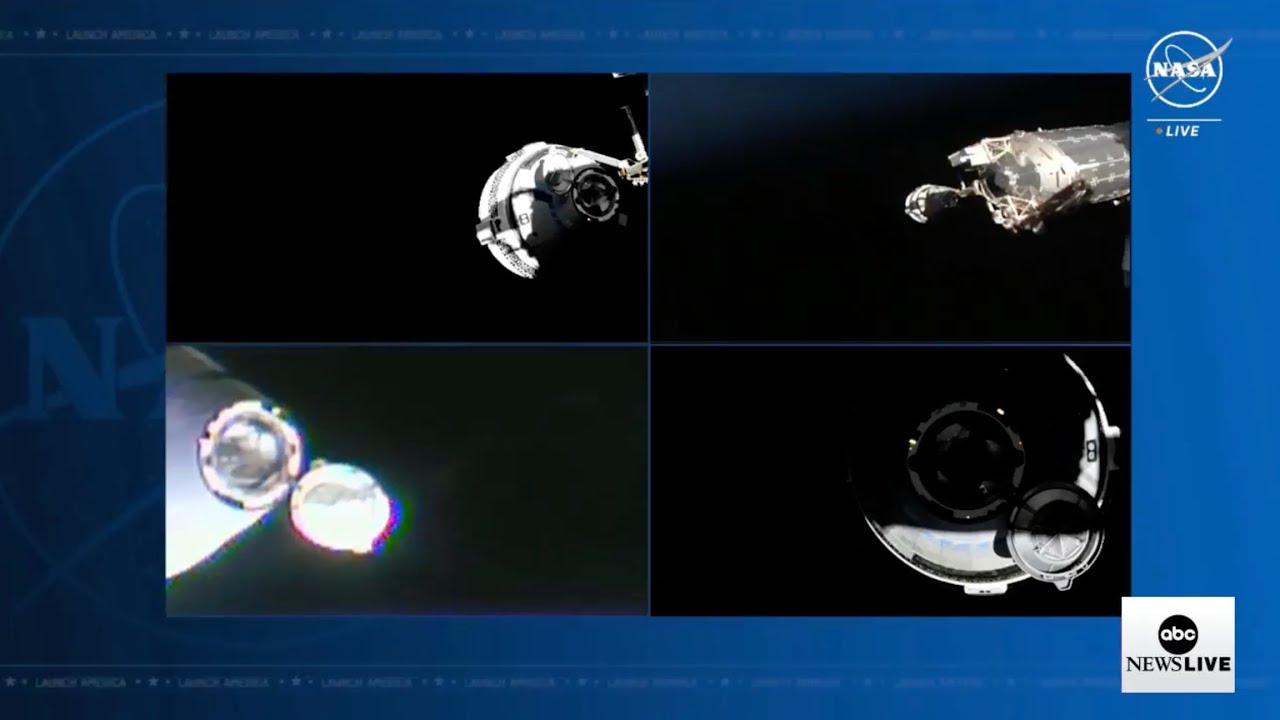Live Broadcast Details

Starliner live – The launch of Starliner, a spacecraft developed by Boeing, will be broadcast live on NASA Television, the agency’s website, and the NASA app.
The Starliner live event, scheduled for liftoff today, has captivated space enthusiasts worldwide. This historic mission marks a significant milestone in space exploration, bringing us closer to the day when commercial space travel becomes a reality. To witness this momentous occasion, tune into NASA’s live launch coverage, where experts will provide real-time commentary and insights into the Starliner’s journey.
The launch is scheduled for May 19, 2023, at 6:57 a.m. EDT (10:57 UTC) from Space Launch Complex 41 at Cape Canaveral Space Force Station in Florida.
Astronauts Participating in the Mission
- Barry “Butch” Wilmore (Commander)
- Sunita Williams (Pilot)
- Michael Fincke (Mission Specialist 1)
- Nicole Aunapu Mann (Mission Specialist 2)
- Josh Cassada (Mission Specialist 3)
Mission Objectives and Significance

The Starliner mission, a crucial step in the advancement of human spaceflight, aims to achieve several primary goals. These objectives are deeply intertwined with scientific exploration, technological advancements, and the potential for future space missions.
At the core of the mission lies the objective of testing and validating the Starliner spacecraft’s systems and capabilities. This includes evaluating its performance during launch, docking with the International Space Station (ISS), and re-entry into Earth’s atmosphere. The data gathered from these tests will be instrumental in refining the spacecraft’s design and ensuring its safety and reliability for future crewed missions.
Scientific Experiments and Research
Beyond testing the spacecraft, the Starliner mission will also serve as a platform for conducting a wide range of scientific experiments and research. These investigations will focus on various aspects of space exploration, including:
- Studying the effects of microgravity on human physiology and biology
- Conducting experiments in materials science and fluid dynamics
- Testing new technologies for space exploration
The findings from these experiments will contribute to our understanding of the challenges and opportunities of long-duration spaceflight and pave the way for future human missions to the Moon and Mars.
Impact on Space Exploration and Future Human Spaceflight, Starliner live
The successful completion of the Starliner mission will have a profound impact on space exploration and future human spaceflight endeavors. The data gathered from the spacecraft’s testing and the scientific experiments will inform the design and development of future spacecraft and space missions.
Moreover, the mission will demonstrate the feasibility of commercial human spaceflight, opening up new possibilities for collaboration between government agencies and private companies in the pursuit of space exploration. The successful implementation of the Starliner program will contribute to the establishment of a robust and sustainable human presence in space, paving the way for future missions to distant destinations and the potential for interplanetary travel.
Technical Specifications and Capabilities: Starliner Live
The Starliner spacecraft, designed by Boeing, is a reusable spacecraft capable of transporting astronauts and cargo to low Earth orbit (LEO). It incorporates advanced technologies and innovations to enhance its performance and safety.
The Starliner’s design is optimized for both crewed and uncrewed missions. It features a conical capsule with a service module attached at the base. The capsule provides living quarters for the astronauts, while the service module houses the propulsion system, life support systems, and communication systems.
Propulsion System
The Starliner’s propulsion system consists of a combination of chemical rockets and thrusters. The main propulsion system uses liquid oxygen and liquid hydrogen propellants, providing the spacecraft with the power to launch into orbit, maneuver in space, and return to Earth. The thrusters, powered by hydrazine, are used for attitude control and precision maneuvering.
Life Support Systems
The Starliner’s life support systems are designed to maintain a safe and habitable environment for the astronauts during their mission. These systems include:
- Environmental Control and Life Support System (ECLSS): Regulates the spacecraft’s atmosphere, temperature, and humidity.
- Water Management System: Provides clean water for drinking, hygiene, and cooling.
- Waste Management System: Collects and treats human waste.
- Fire Suppression System: Detects and suppresses fires onboard the spacecraft.
Communication Systems
The Starliner is equipped with multiple communication systems to ensure reliable communication with ground control and other spacecraft. These systems include:
- S-band and Ku-band transceivers: Used for data transfer, voice communication, and telemetry.
- Laser Communication System: Provides high-bandwidth communication for data transfer and video transmission.
- Emergency Locator Transmitter (ELT): Transmits a distress signal in the event of an emergency.
Advanced Technologies and Innovations
The Starliner incorporates several advanced technologies and innovations to enhance its capabilities and safety. These include:
- Advanced Avionics: Provides autonomous navigation, guidance, and control.
- Rendezvous and Docking System: Enables the Starliner to dock with the International Space Station (ISS).
- Collision Avoidance System: Detects and avoids potential collisions with other objects in orbit.
- Advanced Materials: Uses lightweight and durable materials to reduce the spacecraft’s mass.
The Starliner’s technical specifications and capabilities make it a versatile and capable spacecraft for a wide range of missions in low Earth orbit.
The Starliner spacecraft’s successful docking with the International Space Station is a testament to the resilience and ingenuity of human innovation. While we celebrate this milestone, let us not forget the captivating adventures that await us beyond our planet. For those eager to delve into the depths of the galaxy, watch the acolyte online free and immerse yourself in a world of mystery and intrigue.
As we continue to explore the vast expanse of space, Starliner Live serves as a beacon of hope, inspiring us to reach for the stars and unlock the secrets that lie within.
Starliner Live offers an exclusive glimpse into the momentous launch of Boeing’s Starliner spacecraft. This historic mission, covered extensively at nasa, boeing starliner launch , marks a significant milestone in the realm of space exploration. As the Starliner ascends towards its destination, Starliner Live brings viewers closer to the action, providing real-time updates and expert insights on this groundbreaking event.
Starliner Live brings us the latest updates on the highly anticipated Starliner launch. This mission marks a significant milestone in human spaceflight, as Starliner aims to become the first commercial spacecraft to transport astronauts to the International Space Station.
Tune in to Starliner Live for exclusive footage, interviews with experts, and in-depth analysis of this historic event.
Starliner Live offers an immersive experience for space enthusiasts, providing real-time updates and live coverage of space missions. By tuning into the starliner live stream , viewers can witness the launch, orbit, and landing of the Starliner spacecraft, gaining insights into the complexities of space exploration and the dedication of the teams behind these extraordinary missions.
Starliner Live keeps viewers engaged and informed, showcasing the wonders of space travel from the comfort of their own homes.